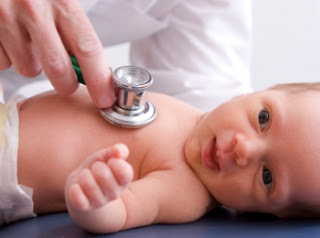Above all in older patients, the risk of post-herpetic neuralgia after a Herpes Zoster infection is high, most of all if antiviral therapies are started later than the onset of the disease. In the USA, there is a specific vaccine (Zostavax ®) ensuring a 50% protection against Herpes Zoster infection, but its spreading is much limited (it does not reach 7% of the population at risk). With two trials, researchers have tried to understand the reasons for this poor compliance: in the first trial, the efficacy of the vaccine has been analyzed through the revision of placebo-controlled randomized trials sponsored by pharmaceutical industry: 38,546 immunocompetent adults have been followed for 3.4 years in 22 centers. The rate of severe side events (1.4%), of deaths or hospitalizations did not result different in the various monitored groups. A local reaction was recorded in the injection seat in 48% of cases, but the development of herpes zoster within 40 days from vaccine has been much more frequent in subjects treated with placebo than in the vaccinated ones (24 cases vs. 7). No zoster case has been attributed to the strain used in the vaccine.In a second trial, 598 internists and general practitioners have been under surveillance (answer rate 72%): about half of them affirmed to administer the vaccine in their own study, but over one third admitted to vaccinate patients only after they have bought the vaccine at the chemist’s. While 91% of interviewed physicians recommend vaccination after influenza and Pneumococcus, only 41% recommend the one against zoster; 45% of them admitted to know that the vaccine is freely reimbursed by the American Health System, and most of them affirmed that reimbursement procedures are the greatest obstacle to make vaccination.
Only a small part of the interviewed physicians expressed their doubts on the vaccine safety.The vaccine against zoster is effective, well tolerated and recommended by the American national guidelines; but most adults are not vaccinated.The greatest obstacle seems to be an economic one, but physicians’ poor “enthusiasm” does not certainly help spreading this vaccine procedure. Some doubts on its safety or efficacy could be solved only when data on very wide samples and long periods are available.








